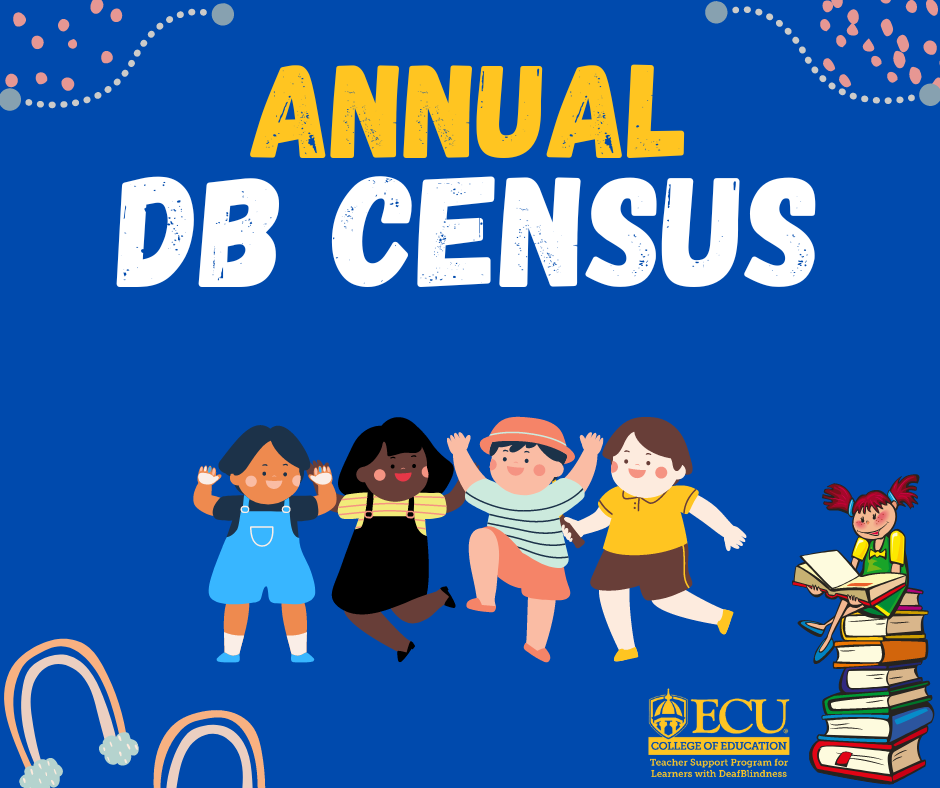The annual DeafBlind Census is just around the corner. In some ways, the DeafBlind Census reminds me of my favorite childhood swimming pool game of Marco Polo. We know that learners with DeafBlindness and their families live throughout the State of North Carolina, but identifying and locating them can be a challenge.
Imagine being a teacher in a large North Carolina city with your first learner who is DeafBlind. Or, imagine being a parent of a child who is DeafBlind in rural North Carolina. It does not matter if you are a parent, teacher, or other professional, the field of DeafBlindness can sometimes feel as if you are on an island or that the unknown is around every corner. Who will I turn to for support? What do I do next? When do I start transition planning? Where can I network with others in my shoes? How do I navigate the special education process?
The good news is that the North Carolina DeafBlind Project has the resources, partnerships, and experience to answer each of these questions. The North Carolina DeafBlind Project and its partners at the North Carolina Department of Public Instruction, East Carolina University Teacher Support Program, and Exceptional Children Assistance Center can offer a variety of technical assistance and support for families, schools, and learners who are DeafBlind.
The annual DeafBlind Census provides the North Carolina DeafBlind Project with essential information about learners with DeafBlindness and their families so that we can reach out to schools and families and provide consistent support from year to year. It is important to note that any learner with both a hearing loss and vision loss should be included on the DeafBlind Census.
The learner can be eligible for special education under any of the 14 disability categories included within the Individuals with Disabilities Education Act.
If you have any questions about the DeafBlind Census, please contact Dr. Alan Chase at alan.chase@dpi.nc.gov.


